The 1920s was an exciting time in science fiction film history, especially if you like your SF on the darker side. Cinema was booming after WWI, giving filmmakers successively bigger budgets to realise their visions with, and groundbreaking technical advancements allowed for ever more realistic depictions of the impossible. New movements in art, like German expressionism, French impressionism and Soviet experimentalism turned even the most mundane topics into otherworldly experiences. And the social uneasiness in the time between the two world wars was reflected on screen, fuelling stories of dystopia and horror. Here’s a list of the 10 best sci-fi films released between 1920 and 1929. Do you agree or disagree? What film did we miss? Please leave a comment below the article or on our Facebook page.
10. Black Oxen
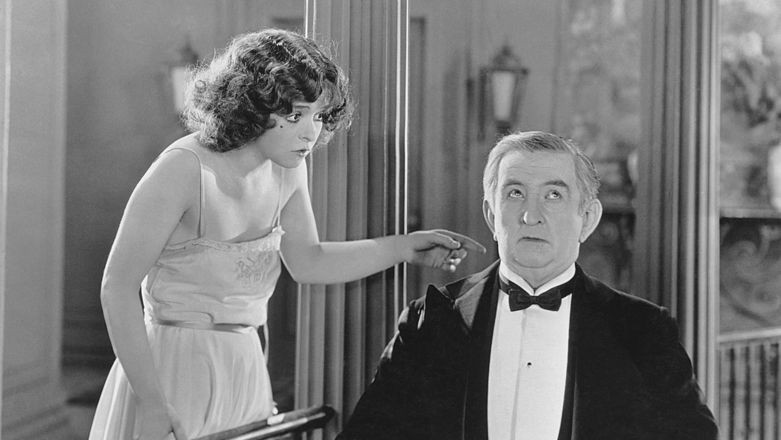
We start off this list with the first of only three American films featured, one that I guess that most sci-fi fans haven’t even heard of. This 1923 movie about a woman who undergoes medical treatment to become thirty years younger is a steadily paced and calmly directed mystery drama as well as a poignant, but subtle, social commentary on the Roaring Twenties, sexual liberation and feminism. Not necessarily a favourite among sci-fi fans, but is worth checking out because of the presence of flapper legend Clara Bow. Based on the bestselling 1922 novel by Gertrude Atherton, released during the economic upturn after WWI, when the young generation indulged in sexual liberation and a yolo outlook on life. Atherton, a lady in her mid-fifties, asks what happens when youth and beauty fades, and all you have to show for it is an empty bed a a major hangover?
The film drags in places where it feels a bit too much like a commonplace romantic melodrama, but as a whole it is quite a delight to watch in its calm and steady pacing. It is traditionally filmed, and neither camera work nor editing is exceptionally good nor bad. The comedy is sometimes forced. The lead actors come off as placeholders, and the real draw in is the tomboyish, charismatic, exhilarating phenomenon that is Clara Bow in a big supporting role, on the verge of super-stardom. This may be the first film to portray rejuvenation through medical procedures. Read the full review here.
9. The Inhuman Woman
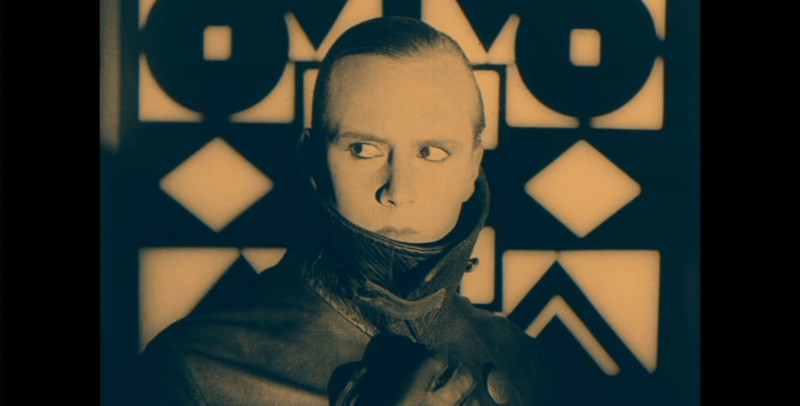
A hallucinatory explosion of art deco and visual experimentation, Marcel L’Herbier’s French 1924 film L’Inhumaine has divided critics and audiences for decades. Its bold design and innovative editing inspired a generation of directors, but many find its script thin and its characters one-dimensional and uninspiring. Marcel L’Herbier set out to test the boundaries between the narrative film and the art exhibition in order to expand on the idea of what film could be. Instead L’Inhumaine became both the crowning achievement and the beginning of the end of the movement of French impressionism in cinema. The film follows an ice queen of an opera singer, whose world is rocked when a young suitor apparently takes his own life after one of her perfunctory rejections. But all is not as it seems, as the suitor returns, giving the previously cold-hearted singer a chance for redemption and love. Some parties, however, are not happy with her newfound romance, which leads to murder and a Frankenstein-styled resurrection.
L’Herbier created a surreal painting using editing and camera placement. There are split screens, dizzying camera angles, intimate close-ups juxtaposed with wide shots. The Frankenstein sequence is mind-boggling, where three and sometimes four different images are merged, creating a frenzy of movement, geometrics, light, shadow and energy on screen. The film was met with outrage in France. Today it is considered by many as a pioneering work of French avant-garde. Read the full review here.
8. Our Heavenly Bodies
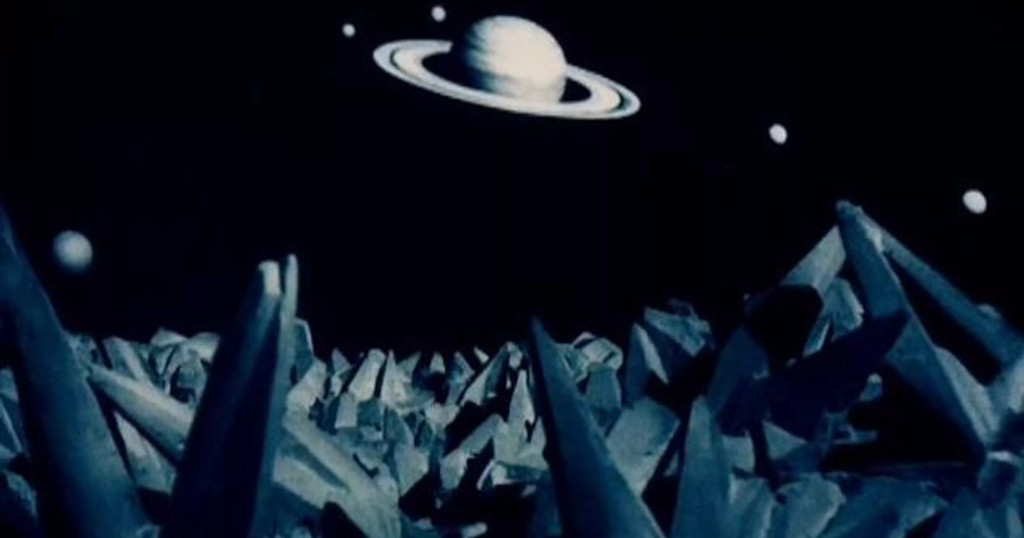
A forgotten German educational film with strong SF elements, Wunder der Schöpfung takes us on a ride in a spaceship to visit the planets and the stars. Director Hanns Walter Kornblum worked with nine animators and six cinematographers to create astounding special effects that hold up to any other masterpiece made in the twenties. In essence, it is Carl Sagan’s TV show Cosmos, only condensed into an hour and a half, and released in 1925. This epic documentary takes the viewer all the way from the history and fundamentals of astronomy and explains things like the tides, night and day, the changing of the seasons, etc. The movie gives an explanation on how life started and evolved on Earth, and then takes the viewer on a sprawling tour of the solar system in a spaceship, visiting not only the moon and all the planets, but also different stars. Finally the film speculates on the destiny of Earth as the sun cools and dies.
About two thirds of the movie consists of special effects work, for the most part created with stop-motion animation, but pretty much every trick available at the time was used, such as claymation, replacement shots, double exposure shots, rod puppets, stop-trick photography, traditional animation and forced perspective photography. There’s also a number of impressive miniature shot and live-action special effects. The last segment of the movie rivals any disaster film from the era. Several parts of the film influenced the visuals of Stanley Kubrick’s 2001: A Space Odyssey. Read the full review here.
7. Dr. Jekyll and Mr. Hyde
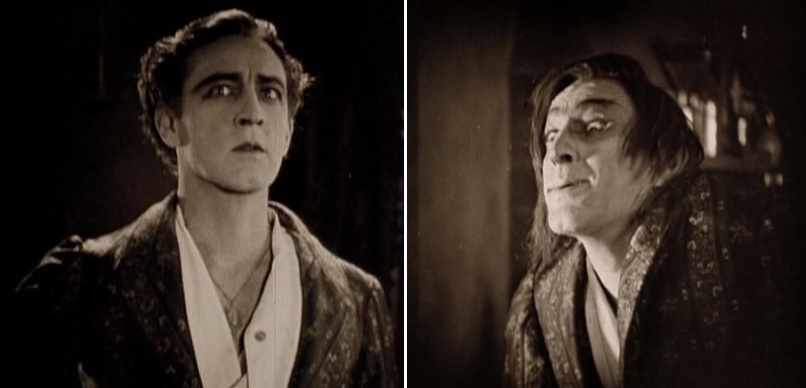
In a career-defining role as Jekyll/Hyde screen legend John Barrymore elevates this 1920 adaptation of Robert Louis Stevenson’s 1886 novel from a run-of-the-mill potboiler to a minor masterpiece. Barrymore’s amazing physical transformation and magnetic charisma makes this the ultimate adaptation of Dr. Jekyll and Mr. Hyde of all time. As all film adaptations of the story, the 1920 version is primarily based on the popular stage adaptations, but it also borrows from previous films and from Oscar Wilde’s novel The Picture of Dorian Gray, and adds in some details from the book not previously seen on screen. The screenplay is a mess from the perspective of logic and character motivation, and the film’s biggest Achilles’ heel. Like most adaptations it tosses out the novel’s satire of Victorian moral codes, and replaces it with a garbled notion of “separating the good and evil of man”, resulting in a reactionary moralist fable with the tired “there are things in which man shall not meddle” conclusion.
But the draw of the film is Barrymore’s utterly brilliant and scenery-chewing performance, as he completely transfigures himself from the timid Jekyll to the horny, evil Hyde — the first transformation is done in a single tale without the aid of any makeup. Just with the help of his facial plasticity and physical performance, Barrymore makes himself totally unrecognisable. The film adds makeup progressively as Hyde takes over, and I could have lived without the prosthetic rubber fingers. Barrymore’s performance as Hyde is also magnificent. Seldom has a more charismatic, evil and vile, but at the same time strangely seductive and sexual character been seen on screen. Director John S. Robertson’s “potent chilliness” is often overlooked. Robertson was one of the first US directors to pick up on the eerie lighting schemes of the still new-born German expressionism, and helps create a dark and uneasy atmosphere for Barrymore to creep around in. Read the full review here.
6. Miss Mend
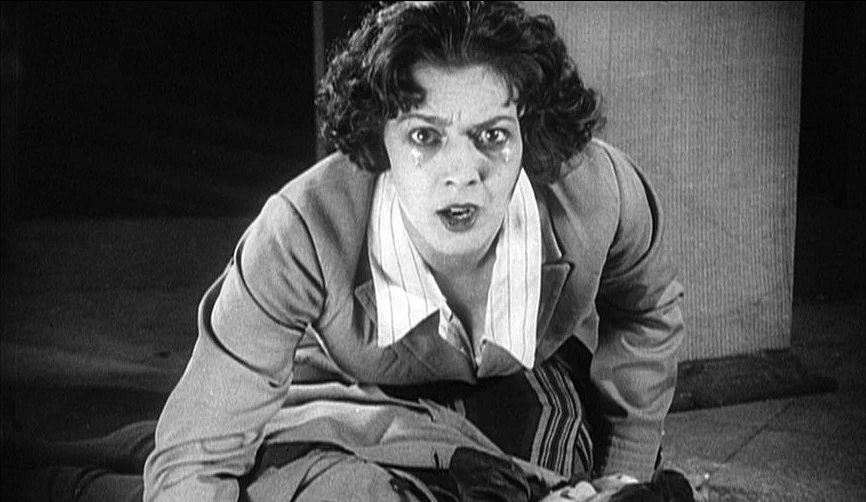
Miss Mend (1926) is quite possibly the best American action film serial of the silent era. And it was made in the Soviet Union. The tacked-on, state-required propaganda elements throw the plot and pacing off balance, but all-in-all this international spy-fi yarn is a breezy, action-packed, impeccably filmed and fun tour-de-force. Miss Mend, or Мисс Менд, as it is spelled in Cyrillic, is a three-part silent film serial totalling close to five hours of screen time, filmed in St. Petersburg in 1926, also released in English as The Adventure of the Three Reporters. It’s a story about the plucky young American Miss Vivian Mend (Natalia Glan), who becomes radicalised after witnessing the company she works for brutally suppressing a workers’ protest. This leads to a high-octane chase around the globe, as Mend and her three male friends follow the trail of a deadly virus, ending up in a snowy Russia, where they discover the sinister capitalist Chiche in his secret laboratory, planning to unleash death on the US and blame the communists for it. The movie was based on one of the many western-styled juvenile detective novels that were hugely popular in the Soviet Union in the early 20th century, this one written by one of the most prominent crime writers of the era, Marietta Shaganyan.
The film also stars writer/directors Boris Barnet and Fyodor Otsep, two early Soviet directors who created some of the best comedies of Soviet silent cinema, and who were never interested in the politically charged Soviet realism hoisted on USSR filmmakers with the emergence of Pudovkin and Eisenstein. Some western viewers have felt off-put by the anti-capitalist notions of the screenplay, but in fact Miss Mend has about the same political poignancy as your average James Bond film. The only difference is that here “communism” is switched for “capitalism”. In Miss Mend Otsep and Barnet have created a surprisingly fresh and daring serial film about international crime, with all the trappings of the best American action serials, but with the added bonus of quality filmmaking. Read the full review here.
5. Aelita, Queen of Mars
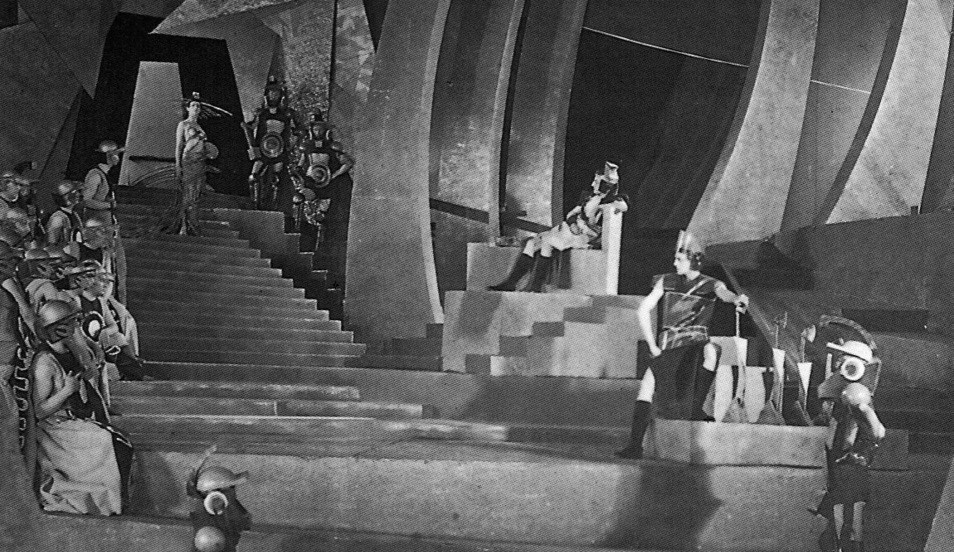
Our fifth spot is claimed by yet another Soviet film, this one directed by Yakov Protazanov, and released in 1924. Again, of you idea of a good sci-fi film is Bill Pullman declaring “Today we celebrate our Independence Day”, then this one probably isn’t for you. However, Russia’s first sci-fi film lays down a surprisingly intelligent criticism of the communist revolution, once you look past the clunky, propagandistic symbolism on the surface. Although most of the movie is Earth-bound, it is remembered for the amazing constructivist sets and costumes on Mars, designed by internationally famed artist Alexandra Exter.
The film is for the most part set in Moscow — where the rich and powerful usurpers have been dethroned, and the ordinary people of the USSR are building a better world based on equality and hard work. Mars is ruled by a and a rich and ruthless elite who live in luxury, enslaving the working class in underground factories. A duo of starry-eyed adventurers from Moscow have a hard time adjusting to the tedious work of building up a better society at home, and instead set off to Mars in a newly invented spaceship. One of them is escaping a troubled marriage in order to find the mysterious Martian princess Aelita, the other — a returned revolutionary soldier — is on the hunt for yet another adventure. While they successfully carry out a socialist revolution on Mars, the ending of the film points a critical finger at the romanticised revolutionary ideals of the young Soviet Union. Aelita: Queen of Mars, has been just as highly praised as it has often been misunderstood. There are few, though, who contest its visual influence on the genre of science fiction. While nominally based on Aleksei Tolstoy’s novel of the same name, the two works have very little in common. Read the full review here.
4. The Lost World
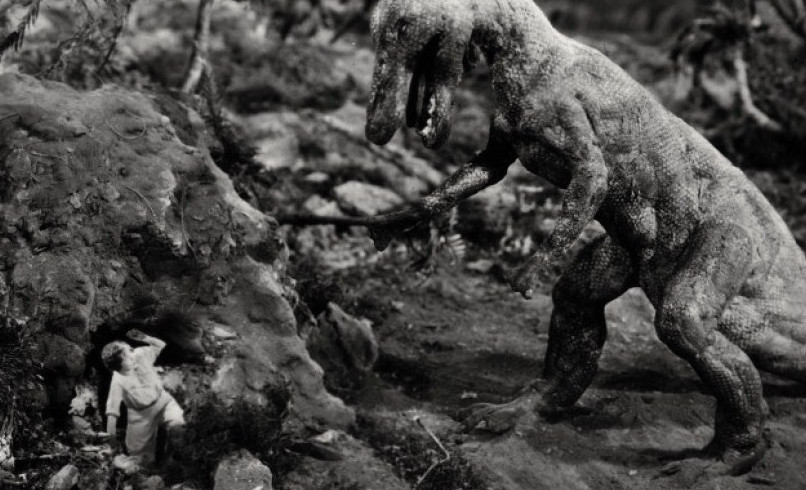
Our last US entry on this list is a behemoth. The original dinosaur blockbuster, the film that spawned the likes of King Kong, Godzilla and Jurassic Park was released in 1925. With stop-motion animation by legendary Willis O’Brien and cinematography by multiple Oscar nominee Arthur Edeson, the film is a beauty to behold, even if the plot and pacing suffers from director Harry Hoyt’s determination to get as much dino action into the picture as possible. The Lost World was miles ahead of what anyone had seen as far as fantastical creatures on screen in 1925. Author Arthur Conan Doyle, on whose book the film was based, screened some of the test reels of the dinosaurs in 1922 for some American magicians, including the skeptic Harry Houdini, without saying anything about its origin. The New York Times reported that ”if they were fake, they were astonishing”.
The Lost World tells the story of an expedition to an unexplored region in South America, where dinosaurs still roam freely, and where a war rages between a lost tribe of men and a tribe of ape-men. Of course, the expedition gets trapped and has to fight off both T-Rexes and devious apes, all while there’s the obligatory romantic triangle drama in the background. Wallace Beery is fantastic as professor Challenger and Bessie Love is criminally under-used in the female lead. The script is surprisingly good and avoids many tired clichés. It also has people who actually behave like people. Unfortunately all the character investment goes out the window in the film’s second act, as Hoyt and O’Brien completely forget about the plot, and just cram in all the dinosaurs they have room for. In the end The Lost World is a triumph for Willis O’Brien and even today his special effects are exciting and impressive, even though they won’t excite the same sense of wonder as back in the day. Read the full review here.
3. The Hands of Orlac

You didn’t think we were done with the Germanics yet, did you? The number three spot on the list is an Austrian 1924 film that inspired cult classics like Mad Love, The Beast with Five Fingers and Body Parts and is a tour de force of psychological expressionist terror. Horror icon Conrad Veidt plays a pianist who is driven mad after receiving a hand transplant from a hanged murderer. The film follows his slow descent into madness, as inexplicable happenings convince him that his new murderous hands are taking over his mind and soul.
Orlac’s Hände was directed by Robert Wiene, famed for directing the expressionist masterpiece The Cabinet of Dr. Caligari in 1920, which also turned Conrad Veidt into a megastar. The Hands of Orlac was a triumphant return for Wiene, who had struggled to follow up his genre-defining film after 1920.
But this film belongs to Conrad Veidt, whose dance-like, expressive acting style set the tone for German expressionism. It is an awesome acting challenge to make something like your own hands seem completely alien to yourself, as if it is some dark menace stalking you, something you would like to hack off and get as far away from as you could. But there they are, every waking moment, and they even haunt you in your dreams. Lotte Eisner writes in the book The Haunted Screen that Veidt “dances a kind of expressionist ballet, bending and twisting extravagantly, simultaneously drawn and repelled by the murderous dagger held by hands which do not seem to belong to him”. . And I think in these praises to Veidt’s physicality enough isn’t said about the deep wells of emotion that he draws on in his roles. In his very best roles he inhabits an aching sadness and a touching fragility. His emotions are always there, plainly on his skin for all to see, which makes it possible for him to pull of the feat of acting in a highly exaggerated and expressive manner, without ever seeming to overact. This feat also puts The Hands of Orlac in our Top-3. Read the full review here.
2. Woman in the Moon
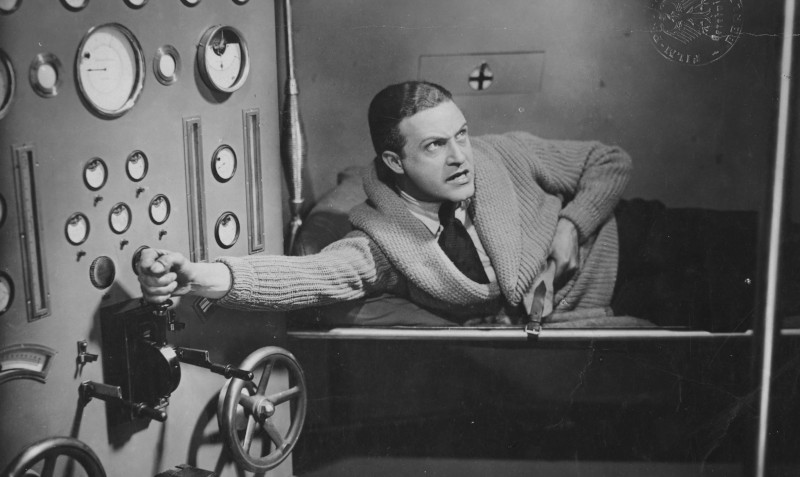
From Austria we move on to Germany, who claims the number two spot on the list. This 1929 movie is the grandfather of the modern space rocket film. You name a trope, Frau im Mond created it. Fritz Lang’s silent film is one of his sillier entries, and has a reputation for being over-long and sluggish during its first half. But if you like Lang’s spy yarns, the build-up is pure cinematic delight — and when the actual space voyage gets underway, it is as riveting today as it was 90 years ago. Thanks to the help of the world’s leading rocket scientists, the scientific accuracy is eerily prophetic.
Watching the film today, it’s perhaps difficult to grasp just how novel it was in 1929. That’s because we forget that this isn’t just an old moon landing film, it’s the original moon landing film. Sure, there had been films involving space trips and moon landings, but most of them were very vague on the subject of how these voyages would work practically and scientifically, and portrayed the moon and the planets in a fantastic rather than realistic manner. No-one had ever described space travel or moon landings with such a realistic and detailed approach in fiction before. Overall the production design for the movie is stunning, and both cinematography, editing and special effects are marvellous. Hermann Oberth, Willy Ley and Wernher von Braun, who basically created the US space program, all worked on the film.
The space adventure is preceded by an Earth-bound spy yarn that takes up almost an hour of time, and it is understandable that someone waiting for rocket action can find this rather boring. But Brian Orndorff at Blue-Ray.com sums up what some overly critical reviewers have missed: “Woman in the Moon doesn’t present a simple space opera, but makes an effort to build a story of discovery and manipulation along the way, with extensive screen time devoted to creating proper motivations before the picture launches into space. […] Woman in the Moon intelligently examines pieces of its puzzle, but it also pays attention to larger acts of intimidation and human connection, with Lang developing personality and dramatic need before the special effects display begins.” While all may not agree, Woman in the Moon claims spot number two in Scifist’s list of the best science fiction films of the twenties. Read the full review here.
1. Metropolis
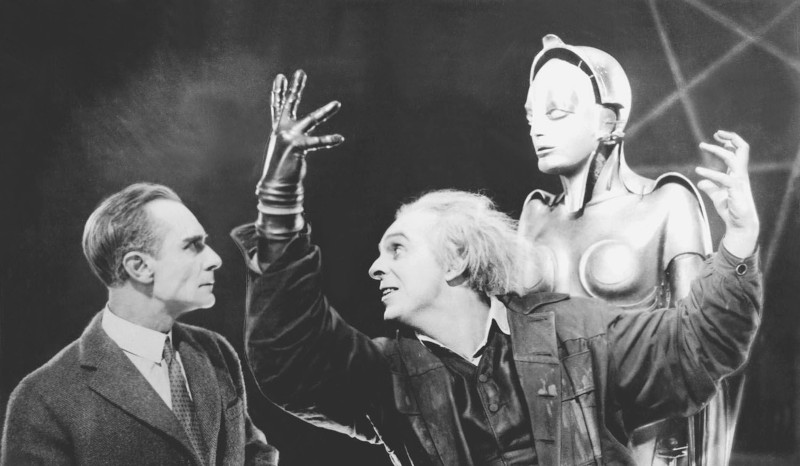
The number one spot on the list can hardly come as a surprise. The thematic and visual influence of Austrian director Fritz Lang’s exciting 1927 masterpiece Metropolis is rivalled by few in science fiction and in film in general. A great, entertaining, sprawling epic in a future tower of Babylon. Not only is this dystopian sci-fi classic with political and religious undertones one of the most influential sci-fi films of all time. It is also one of the films that has had the biggest influence, not only on the movies, but on art and even architecture and design, in history. Wedged in between two world wars, a raging class struggle that led to a communist revolution in Russia and foreshadowed the rise of the Nazis in Germany, the film’s main plot thread follows the proverbial crown prince of the upper class of Metropolis as he realises that his father’s empire is built on the ruthless exploitation of the working class, enslaved in underground factories, reduced to the function and value of the monstrous machines that devour them. But it’s also a religious parable, juxtaposing the 19-year old actress Brigitte Helm in the double role as the saintly virgin Maria, caring for her flock in the catacombs of the city, and as the robot creation of the mad scientist Rotwang, Maschinenmensch, a sort of metaphor for the whore of Babylon. Ultimately the class struggle is equated with the story of Babylon, with the great city of Metropolis as its infamous tower, where people could no longer understand each other.
Metropolis was the most expensive film ever made in Germany, and perhaps in the world. And the budget shows — from the gigantic sets to the elaborate miniatures and the ground-breaking special effects. The design of the film’s robot has since become iconic, as has its vision of the future megapolis, inspiring films from the British High Treason in 1929 to Blade Runner in 1982 and the on-going Netflix series Altered Carbon. The look of science fiction wouldn’t have been the same without Metropolis. Now, the political message at the end of the film is admittedly naive to the extreme, and the original screenplay was understandably a bit hard to follow at the time, especially for an audience who weren’t used to seeing films over two hours long, with all its subplots, hallucinations and double identities. And while both audiences and critics hailed its visuals, they found the plot confusing, and the film failed to cover its costs. It was made even worse by the fact that the US distributor slashed half of the film and created a completely new plot, which only added to the confusion. This was unfortunately the version that became the international export — even in Germany the original film was pulled and replaced by a new edit that followed the US cut. And over time, the original film was lost. After decades of restoration attempts a complete version of the original film was finally unearthed in 2008, and in 2010 a restored version of Fritz Lang’s original vision could finally be released to a modern audience, who could but conclude that he was ahead of his time, making Metropolis the greatest science fiction film of the 1920s. Read the full review here.
Bubbling Under: The Monster
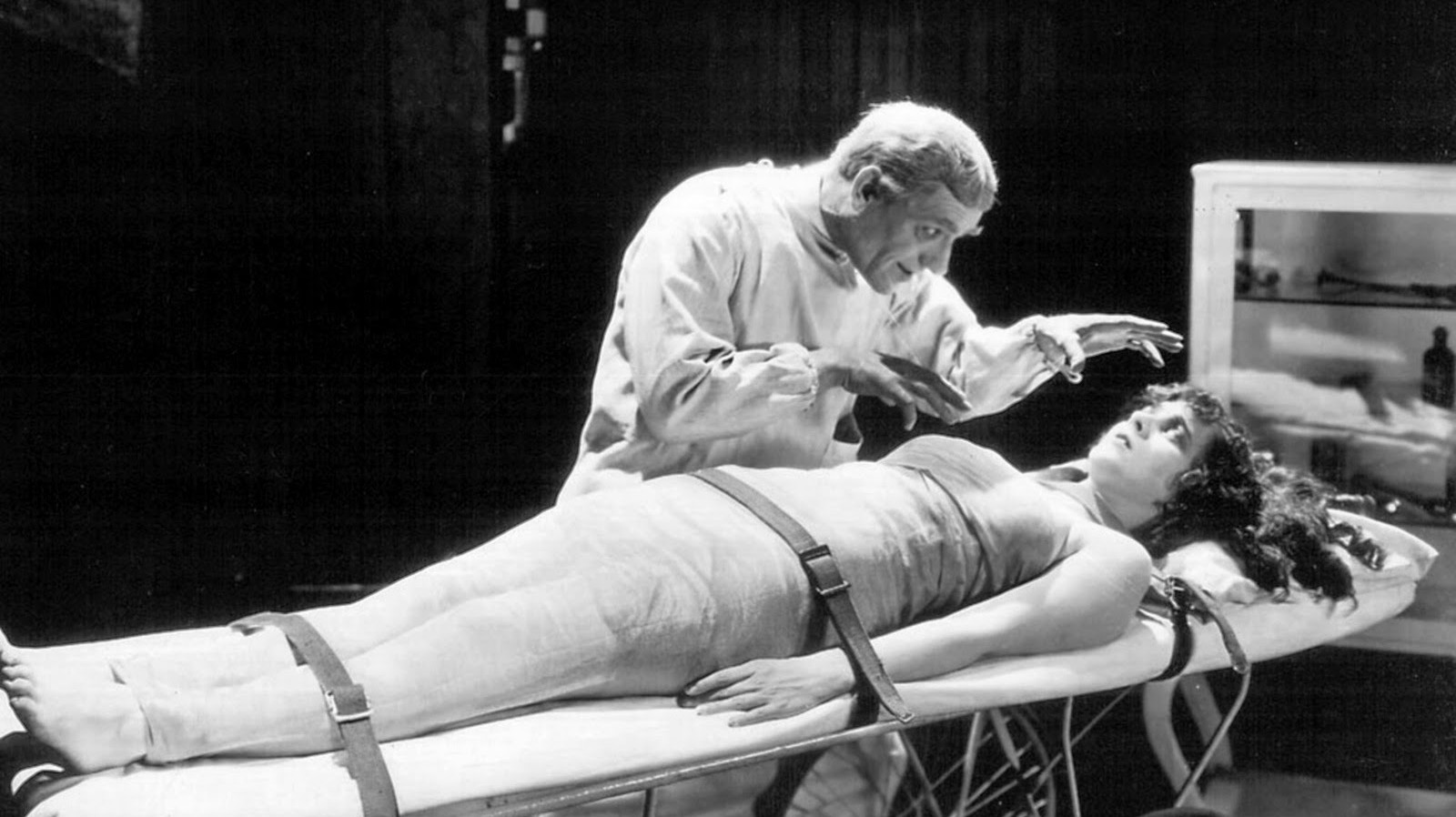
It was extremely difficult to choose the films for the spots 7-10 for this list, and no matter how we tried one or two of our favourites would have to be nixed. One film that we would have loved to include, but that simply didn’t meet all the criteria, was the American old dark house movie The Monster, released in 1925. While it is rather creaky, this horror comedy starring legendary actor Lon Chaney may be called the blueprint for old dark house films. It introduced a whole battery of horror tropes that have since become so overused that they’re clichéd, like the young couple seeking a phone in a dark mansion after a car accident, the eerie, cowled henchman, the mad scientist, the haunted insane asylum, etc, etc.
Roland West directs this atmospheric film very competently, and Lon Chaney as the mad scientist who has built a machine to “transfer the essence of life” from one body to another does a deliciously restrained performance with a self-aware tongue-in-cheek sensibility. Whether or not you find this film enjoyable depends on your opinion of protagonist Johnny Arthur’s comedy, and there are many who find him unbearably dull. While The Monster is admittedly more “pioneering” than “influential”, it is a film that is regularly overlooked even by hardcore horror aficionados, and one that we at Scifist feel deserves greater recognition.
Janne Wass

Leave a comment